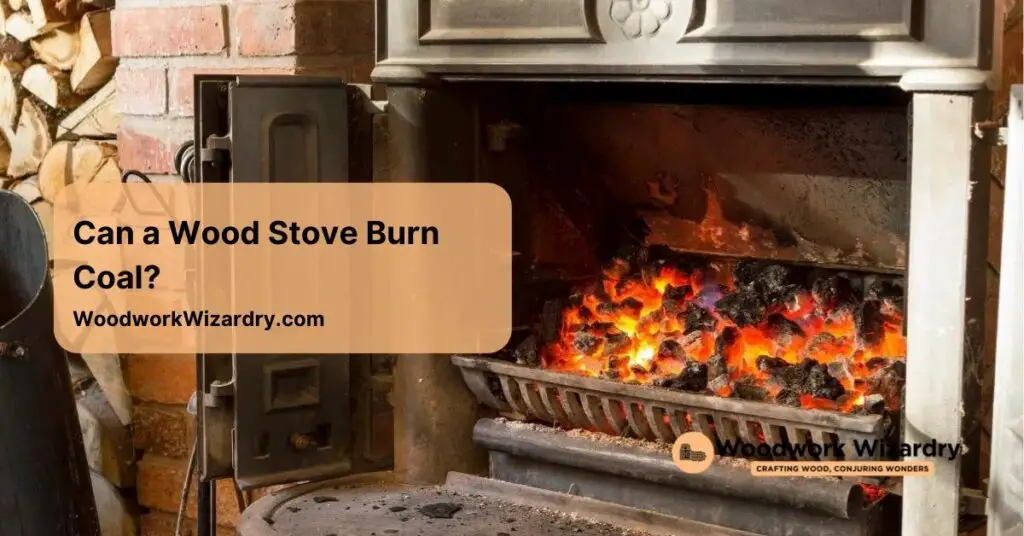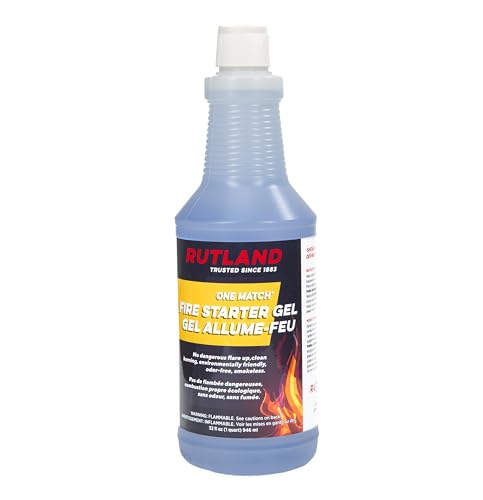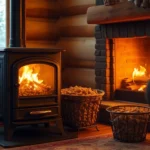If you’ve ever wondered whether your wood stove can handle more than just wood, you’re not alone. The idea of burning coal in a wood stove might seem like a clever way to maximize heat and save on fuel costs. After all, coal burns hotter and longer than wood, making it an attractive option for those chilly winter months.
But before you toss a lump of coal into your stove, it’s crucial to know if it’s safe and efficient. Using the wrong fuel can damage your stove, create safety hazards, and even void warranties. Understanding the differences between wood and coal-burning stoves could save you time, money, and potential headaches. So, can your wood stove burn coal? Let’s explore what you need to know to make the best decision for your home and heating needs.
Can A Wood Stove Burn Coal?
Wood stoves are primarily designed for burning wood. The materials and design focus on handling the byproducts of burning wood, such as creosote and ashes. Burning coal in a wood stove often results in inefficient combustion and potential damage to the stove’s components.
Coal requires a exact airflow for proper combustion. Wood stoves usually lack the necessary bottom air supply to sustain coal burning effectively. This limitation means you won’t achieve the optimal heat output coal offers without a design suited for it.
Chimneys and flue systems on wood stoves may not handle the sulfuric byproducts from coal. These byproducts can lead to accelerated corrosion in metal parts. Over time, this may compromise the stove’s structural integrity.
Using coal in your wood stove might void your warranty. Manufacturers often specify fuel type in their usage guidelines. Ignoring these guidelines not only risks your safety but can also lead to expensive repair costs.
If you’re still considering burning coal for its higher heat potential, evaluate whether your stove’s design supports it. Research stove models classified as multi-fuel. These allow you to burn both wood and coal safely while optimizing efficiency and heat output.
Key Differences Between Wood And Coal
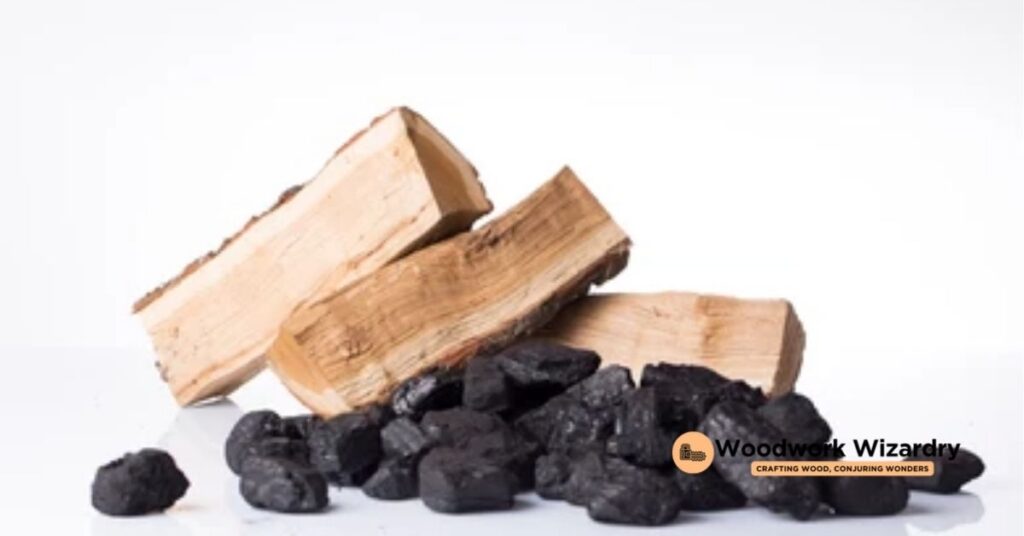
Wood and coal possess distinct properties that affect how they burn, the heat they produce, and their environmental impact. Understanding these differences is essential when evaluating fuel for your stove.
Burn Characteristics
Wood burns with a visible flame and produces a steady heat output. Its combustion depends on sufficient airflow and well-seasoned logs. Damp or green wood causes incomplete burning, resulting in smoke and creosote buildup.
Coal, on the other hand, burns longer at high temperatures. Anthracite coal offers higher carbon content, making it denser and slower to ignite. But, coal requires a more controlled oxygen supply to sustain efficient combustion.
Heat Output And Efficiency
Wood generates a moderate heat output ideal for short heating durations. Hardwood species like oak and maple provide a higher BTU rating compared to softwoods such as pine. Seasoning wood for 6-12 months improves efficiency.
Coal delivers a significantly higher BTU output, making it more suitable for extended heating. Hard coal produces consistent heat over long periods but may overheat systems designed for wood. Stoves should be specifically rated for coal to manage excess heat without causing damage.
Environmental Impact
Compared to coal, wood is a renewable resource with a lower carbon footprint. Burning seasoned wood reduces emissions; but, improper burning releases fine particles harmful to air quality.
Coal combustion results in higher carbon dioxide and sulfur dioxide emissions. These gases contribute to air pollution and acid rain, impacting the environment on a broader scale. Using coal responsibly involves compliance with emission regulations.
Risks Of Burning Coal In A Wood Stove
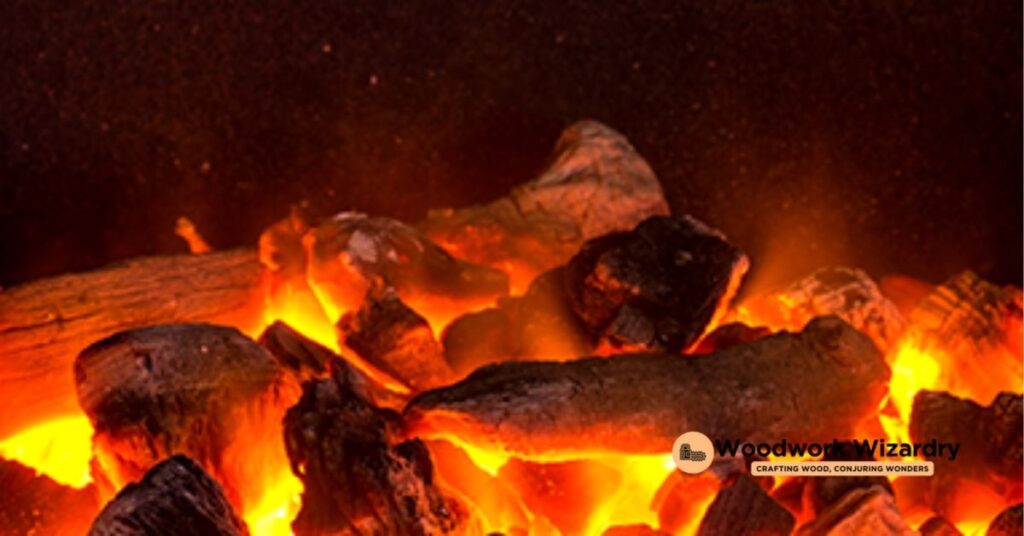
Coal isn’t suitable for most wood stoves due to its exact combustion properties. Understanding the risks helps protect your stove and ensures safety.
Damage To The Stove
Coal burns at much higher temperatures than wood, which can stress your stove’s components. Prolonged exposure to these high temperatures may cause warping, cracking, or deterioration of internal parts such as fire bricks and baffles. The sulfuric byproducts released during coal combustion can corrode metal components, especially chimneys and flue pipes, compromising their strength over time.
Manufacturers design wood stoves to burn materials with lower thermal intensity, like seasoned logs. Burning coal impacts air circulation inside the stove. Without adequate oxygen flow to support efficient combustion, heat distribution becomes uneven, creating hot spots that weaken structural integrity. Over time, such damage not only affects performance but can also void any warranty that covers your stove.
Increased Safety Hazards
Burning coal in a wood stove increases the risk of dangerous situations. Sulfur emitted from coal produces toxic gases, including sulfur dioxide, during combustion. Without proper ventilation or a multi-fuel stove design, these fumes can leak into your living space, posing serious health risks.
Coal’s higher heat output can also lead to chimney fires if creosote buildup isn’t adequately managed. Using a wood stove not equipped to handle coal leaves little control over these hazards. Also, coal combustion generates cinders and ash that might not stay contained within a wood stove’s ash pan, increasing fire risks in your home environment.
Tips For Safely Burning Coal
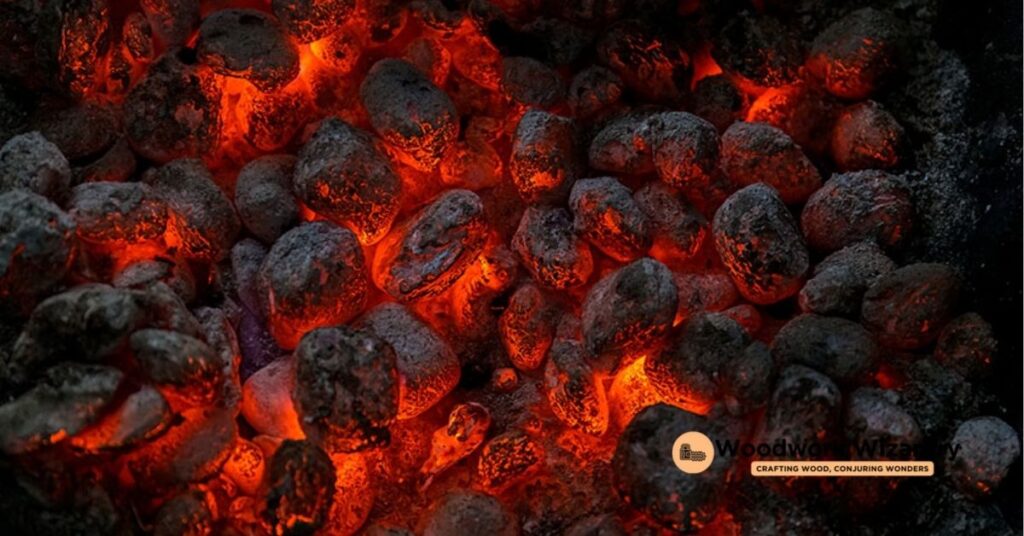
Burning coal in a wood stove presents unique challenges. Ensuring safety and efficiency requires careful preparation and modifications.
Stove Modifications
Make essential changes to your stove before burning coal. Install a shaker grate to handle coal’s compacted ash effectively. Add a firebrick lining to shield the stove from high temperatures and minimize material wear. Check compatibility with anthracite or bituminous coal by reviewing your stove’s manual.
Proper Ventilation
Ensure proper airflow in the stove and chimney system. Inspect the chimney and flue for blockages to prevent toxic gas buildup, including carbon monoxide. Adjust the air vents for controlled oxygen flow, which is crucial for coal’s clean and efficient combustion. Include a carbon monoxide detector for added safety.
Choosing The Right Type Of Coal
Select coal types suitable for stoves under modified conditions. Anthracite coal burns hotter and cleaner, offering higher BTU output with reduced soot and creosote. Avoid bituminous coal unless your stove can handle its increased byproducts and smoke levels. Use only high-quality coal to further maintain clean combustion.
Alternatives To Burning Coal In A Wood Stove
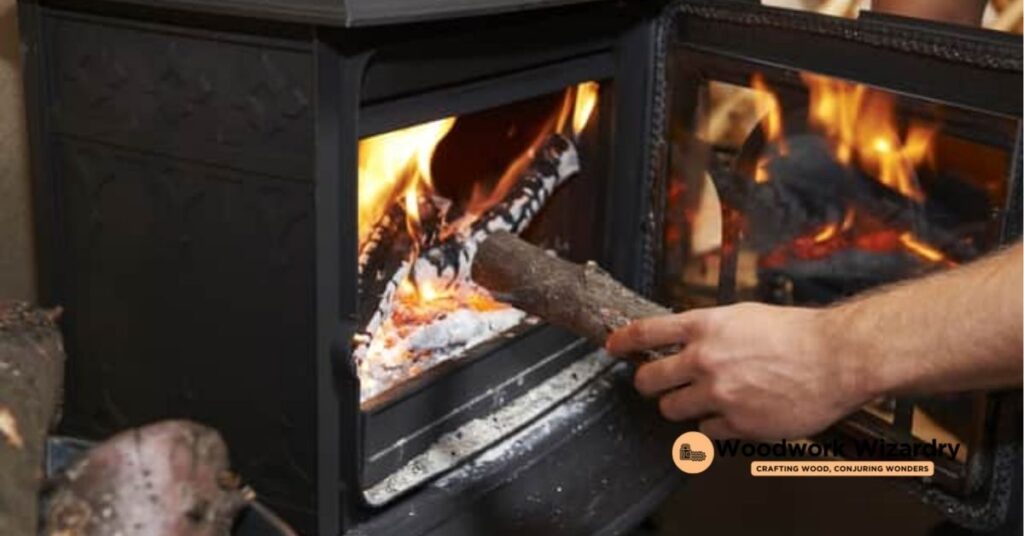
When exploring other options, consider fuel types and stove models that match your heating goals and prioritize safety and efficiency. Using alternatives ensures optimal performance without risking damage to your stove.
Multi Fuel Stoves
Multi fuel stoves offer flexibility by accommodating diverse fuel types like wood, coal, and smokeless fuels. Their design includes a grate system built to manage higher combustion temperatures, unlike standard wood stoves. Separate air vents in these stoves ensure proper airflow for each fuel type, improving burn efficiency. Using such stoves eliminates the risks associated with burning coal in wood-only stoves. Models like the Morso O4 or Jotul 500 prioritize safety and provide robust heating options while maintaining efficiency with available fuels.
Energy Efficient Wood Stoves
Energy-efficient wood stoves provide an environmentally friendly heating option. These stoves use advanced combustion technology, such as secondary burn systems, to extract maximum heat from wood while minimizing emissions. Catalytic and non-catalytic stoves both offer high efficiency depending on your budget and usage frequency. Opting for a model like the Drolet Escape 1800 can lead to important savings on fuel costs by improving heat retention and overall performance. When paired with well-seasoned wood, these stoves deliver steady, clean heat output suitable for long-term use.
Conclusion
Deciding whether to burn coal in your wood stove requires careful consideration of safety, efficiency, and long-term durability. While coal offers higher heat output and longer burn times, it poses risks that could compromise your stove’s performance and your home’s safety. Always prioritize using fuels that align with your stove’s design and manufacturer guidelines.
If you’re looking for versatility, a multi-fuel stove might be a better option, offering the ability to safely burn both wood and coal. By choosing the right stove and fuel, you can enjoy efficient heating without sacrificing safety or damaging your equipment.

